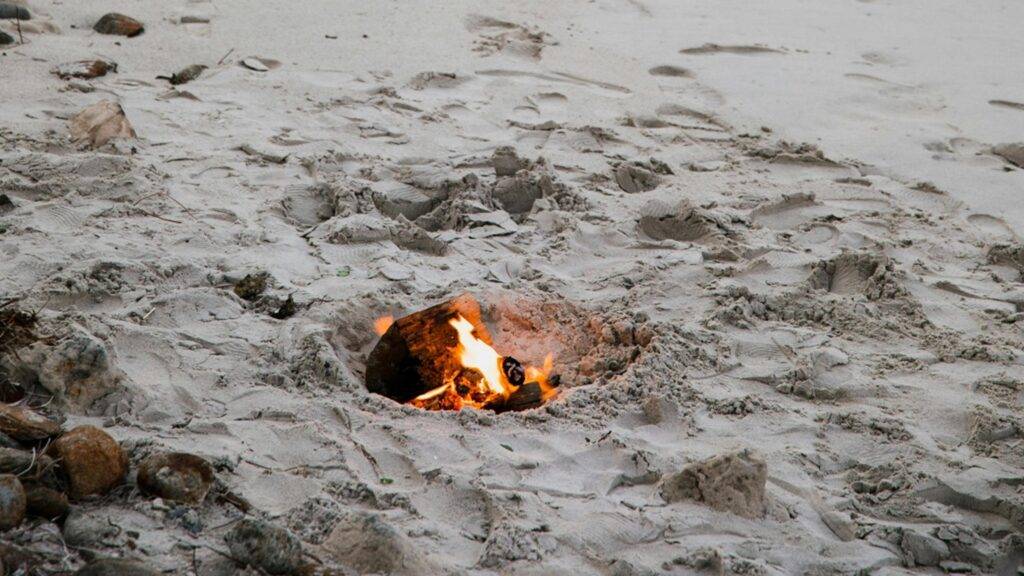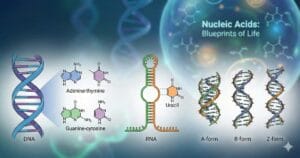
COMPETITIVE EXAM MCQs SERIES of ENVIRONMENTAL SCIENCE for UGC-NET/JRF, SLET, ARS, GATE, and other entrance tests – Unconventional Energy & Environment: Shale Oil, Coal Bed Methane and Gas Hydrates.
Syllabus Outline
- Exploration, extraction, and utilization of unconventional energy resources (e.g. shale oil, coal bed methane and gas hydrates) & their impact on the environment.
- Geological formation, distribution, and properties of these resources.
- Technological advancements and challenges associated with their extraction processes (e.g. hydraulic fracturing for shale oil, methane capture from coal seams, and depressurization techniques for gas hydrates).
- Environmental impacts, potential applications, and global significance of these energy sources.
- Sustainability, energy security, and environmental stewardship in the context of contemporary energy and environmental challenges.
This quiz contains the concept-based most frequently asked 25 MCQs of “Unconventional Energy & Environment – Shale Oil, Coal Bed Methane and Gas Hydrates“. Each question has a single correct/most appropriate answer.
*****
1. Which of the following statements about the energy intensity of shale oil production is true?
a) Shale oil production relies solely on renewable energy sources.
b) Shale oil production has lower energy intensity than conventional oil production.
c) Shale oil production has no energy intensity.
d) Shale oil production has higher energy intensity than conventional oil production.
2. The process of coking in shale oil refining involves:
a) Converting hydrocarbons into coke
b) Extracting sulfur compounds from crude oil
c) Removing impurities from crude oil
d) Cracking hydrocarbons at high temperatures
3. Which method is commonly used to dispose of solid waste generated during shale oil extraction?
a) Ocean dumping
b) Landfilling
c) Incineration
d) Recycling
4. Coal bed methane reserves are typically found at depths of:
a) Between 500 and 1000 meters
b) More than 1000 meters
c) Less than 100 meters
d) Between 100 and 500 meters
5. Gas hydrates are primarily stable at:
a) High pressure and high temperature
b) High pressure and low temperature
c) Low-pressure and high-temperature
d) Low pressure and low temperature
6. What is the primary advantage of coal bed methane over conventional natural gas extraction?
a) Higher energy content
b) Reduced environmental impact
c) More abundant reserves
d) Lower extraction costs
7. Which country has the largest coal bed methane reserves?
a) Australia
b) China
c) United States
d) Russia
8. Assertion (A): Coal bed methane is primarily found in coal seams.
Reasoning (R): Methane gas is adsorbed onto the surface of coal particles within coal seams.
a) Both A and R are true, but the R does not correctly explain the A.
b) Both A and R are true, and the R correctly explains the A.
c) Both A and R are false.
d) The A is true, but the R is false.
9. The primary mechanism for coal bed methane generation is:
a) Thermal cracking of coal
b) Physical compression of coal
c) Chemical oxidation of coal
d) Biological degradation of coal
10. Which of the following statements about coal bed methane is true?
a) It is extracted from coal mines through conventional drilling techniques.
b) It is a form of natural gas trapped within coal seams.
c) It is only found in shale formations.
d) It is primarily extracted using hydraulic fracturing.
11. Gas hydrates primarily form in:
a) Deep ocean sediments
b) Shallow freshwater lakes
c) Desert regions
d) Glacial environments
12. Which of the following statements is true?
a) Shale oil extraction relies solely on renewable energy sources.
b) Shale oil extraction has a higher Energy Return on Investment than conventional oil extraction.
c) Shale oil extraction has no impact on Energy Return on Investment.
d) Shale oil extraction has a lower Energy Return on Investment than conventional oil extraction.
13. Shale oil reserves are typically found in which geological formation?
a) Igneous
b) Plutonic
c) Sedimentary
d) Metamorphic
14. The methane content in coal bed methane typically ranges from:
a) 90-100%
b) 60-80%
c) 10-20%
d) 30-50%
15. Assertion (A): Shale oil extraction involves the process of hydraulic fracturing.
Reasoning (R): Hydraulic fracturing is necessary to create fractures in the shale rock formation to release trapped oil and gas.
a) Both A and R are true, and the R correctly explains the A.
b) The A is true, but the R is false.
c) Both A and R are false.
d) Both A and R are true, but the R does not correctly explain the A.
16. Assertion (A): Gas hydrates are commonly found in deep ocean sediments.
Reasoning (R): High-pressure and low-temperature conditions in deep ocean sediments favour the formation and stability of gas hydrates.
a) Both A and R are true, and the R correctly explains the A.
b) Both A and R are true, but the R does not correctly explain the A.
c) Both A and R are false.
d) The A is true, but the R is false.
17. The main technique for extracting methane from gas hydrates is:
a) Electrochemical conversion
b) Thermal stimulation
c) Pressure reduction
d) Chemical injection
18. Gas hydrates are considered a potential future energy source primarily due to their abundance in:
a) Tropical rainforests
b) Polar regions
c) Deep ocean sediments
d) Desert regions
19. Shale oil refining produces which of the following by-products?
a) Methanol
b) Asphalt
c) Ethanol
d) Hydrogen gas
20. The term sweet gas refers to coal bed methane that:
a) Contains low levels of impurities
b) Has a sweet aroma
c) Contains high levels of methane
d) Is extracted from offshore wells
21. In which region is shale oil production most concentrated?
a) North America
b) Arctic
c) Amazon rainforest
d) Sahara Desert
22. The presence of which gas in coal bed methane can pose safety hazards in mining operations?
a) Nitrogen
b) Oxygen
c) Hydrogen sulfide
d) Carbon dioxide
23. Which technique is used to extract oil from oil shale?
a) Fracking
b) Solar distillation
c) Strip mining
d) Steam injection
24. Which of the following statements regarding gas hydrates is FALSE?
a) They pose a risk to offshore drilling operations
b) They are a potential energy resource for the future
c) They can contribute to submarine landslides
d) They are typically found in permafrost regions
25. Shale oil reserves are predominantly located in which of the following types of terrain?
a) Coastal areas
b) Subterranean formations
c) Mountainous regions
d) Arid deserts
*****
Previous: Fossil Fuels and Environmental Costs
Next: Hydropower, Tidal and Thermal Energy
References
- Vijay P. Singh, Praveen Kumar (2019) Groundwater Hydrology: Engineering, Planning, and Management, CRC Press, 3rd edition.
- Gary A. Pope, Rameshwar Singh (2011) Fundamentals of Enhanced Oil and Gas Recovery from Shale Formations, Gulf Professional Publishing, 1st edition.
- Stefan H. T. Teerink (2016) Coal Bed Methane: From Prospect to Pipeline, Springer, 1st edition.
- Carolyn Koh, Klaus-Michael Mangold, Scott L. Painter (2010) Natural Gas Hydrates: Experimental Techniques and Their Applications, John Wiley & Sons, 1st edition.
- Mehmet Emin Yüksel (2019) Unconventional Petroleum Geology, Springer, 1st edition.

